Maintaining and preserving the clinker conveyor chain in a cement plant is very important, as it is related to the stable operation and lifespan of the conveyor. Specific points are outlined below....
Luoyang Zhili New Materials, established in 1992, is one of the leading processing centers for wear-resistant materials in the world, providing high-quality service for wear parts in the mining, cement, power plant, steel, coal, and other industries.
Zhili New Materials
Maintaining and preserving the conveyor chain of the clinker conveyor in a cement plant is very important, as it is related to the stable operation and lifespan of the conveyor. Specific points follow:
Daily Maintenance
1. Clean the chain: Regularly remove dust, clinker dust, and other debris from the chain surface to prevent them from getting into the chain joints and worsening wear. You can use compressed air guns, brushes, and other tools to clean them, ensuring there is no dust buildup and material clumping on the plates, pins, rollers, and other chain parts.
2. Check the chain connection: Before and after each start and shutdown, carefully check the chain connection, including whether the connecting screws between the chain plates and the fixing pins are loose or falling off. If loose parts are found, they should be tightened or replaced in time to prevent chain failures due to loose connections.
3. Observe the operational status: During conveyor operation, carefully observe the operational status of the conveyor chain to check for jams, deviations, abnormal noises, and other phenomena. If the chain is not running smoothly or there is an abnormal sound, the machine should be stopped immediately for inspection in order to identify the problem and resolve it in time.
Clinker conveyor chain in cement plant
Material: Mn13Cr2 + hard coating

Regular maintenance
-
Lubrication Chain
1. Choose the correct lubricant: According to the working environment and the requirements of the conveyor chain, choose a lubricant with good anti-wear, antioxidant and anti-corrosion properties, such as high-temperature lubricating oil with molybdenum disulfide or graphite additives, suitable for the high-temperature and dusty environment of cement plants.
2. Determine the lubrication cycle: In general, lubrication is performed every 100-200 hours of operation or at least once a week. For conveyor chains with harsh working environments and heavy loads, the lubrication cycle should be reduced accordingly.
3. Correct lubrication method: Use drip or spray lubrication to apply the lubricant evenly to the chain plate, pin shaft, roller, and other parts, ensuring that the lubricant fully penetrates each chain joint.
-
Check chain wear
1. Measure the chain link size: At regular intervals (such as monthly or quarterly), use a caliper and other tools to measure the chain link size, including the chain plate thickness, pin shaft diameter, roller outer diameter, etc., and compare them to the original size. Generally, if the chain plate thickness wears down by more than 10% and the pin shaft diameter wears down by more than 5%, you need to consider replacing the chain or related parts.
2. Check the wear uniformity: Observe the wear on each part of the chain to check for any local wear issues. If a particular section of the chain is found to be visibly more worn than other parts, find the cause. There may be a problem with the sprocket or guide rail in this part, or the material may be distributed unevenly.
-
Adjust the chain tension
1. Check the tensioner: Regularly check the operating conditions of the chain tensioner, such as whether the tensioner spring is elastic and whether the tensioner screw is loose. If the tensioner spring is worn, deformed, or broken, it should be replaced in time.
2. Adjust the tension: According to the chain slack, adjust the tensioner screw or other tensioning device to maintain the chain at the correct tension. In general, when the chain is unloaded, the inclination in the middle should be controlled at about 20 to 30 mm.
Next, Handling Special Situations
1. Handling Material Adhesion: When faced with a situation where material is adhering to the chain, the machine should be stopped and cleaned promptly. Avoid using sharp tools that could damage the chain surface. You can use warm water, steam, etc. to soften and rinse it, and then clean it with tools such as a brush.
2. Handling Sudden Failures: If the chain breaks, becomes severely deformed, or experiences other sudden failures, the machine should be stopped immediately, and the damaged chain links or chains should be replaced. At the same time, the cause of the failure must be thoroughly analyzed, and if there are problems such as gear wear, guide rail deformation, operational overload, etc., appropriate measures must be taken to correct them and prevent similar failures from occurring again.

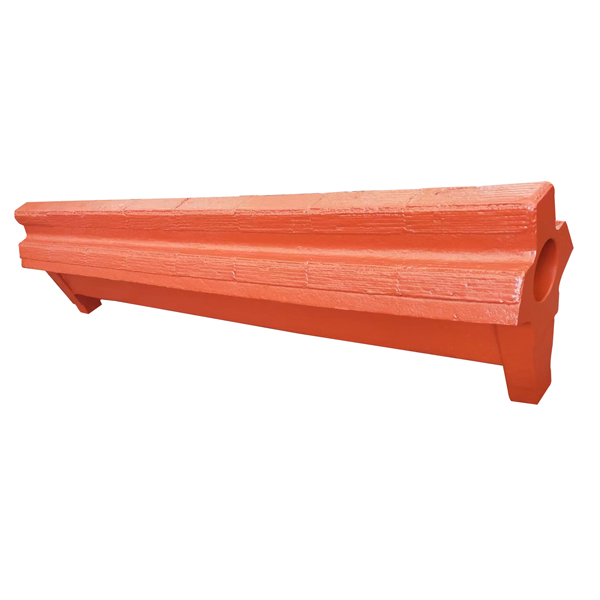
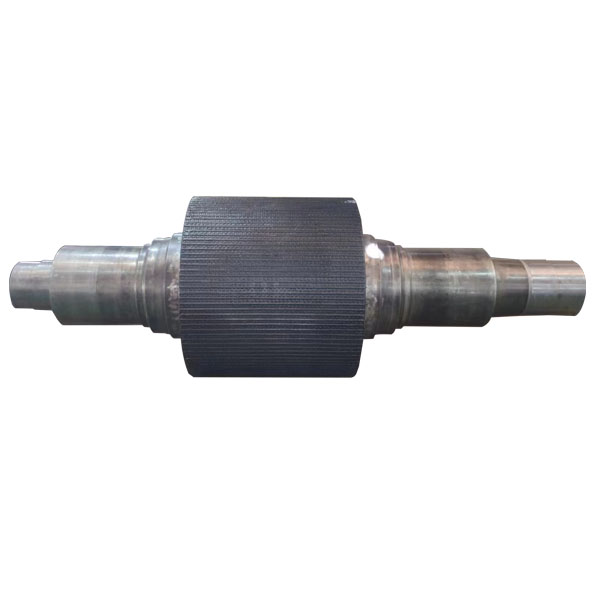
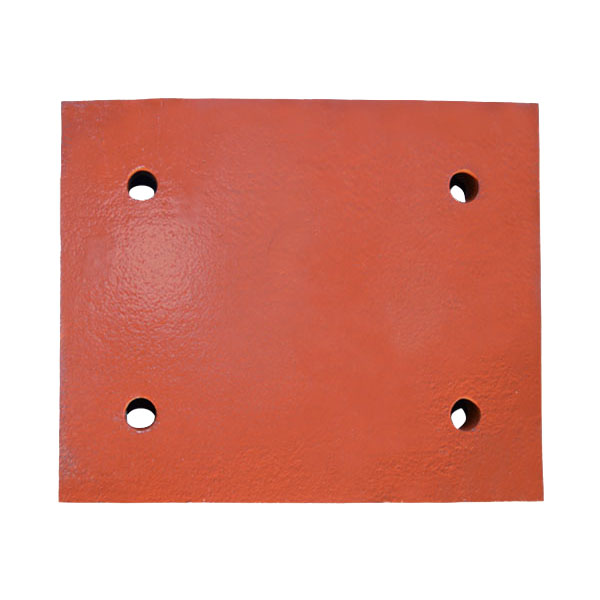
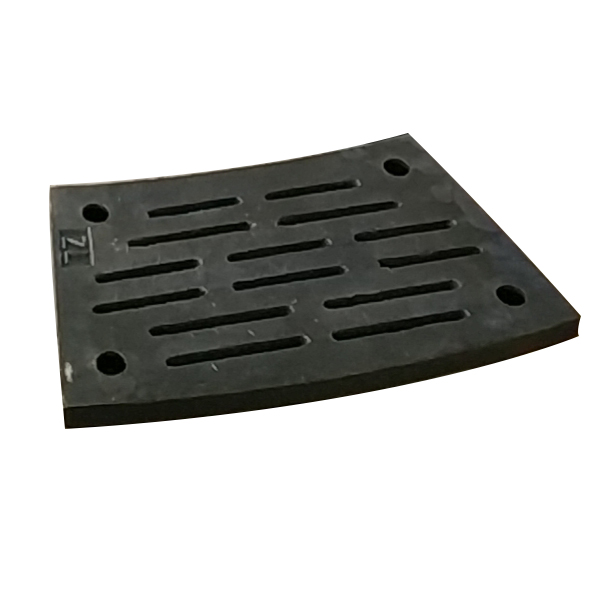


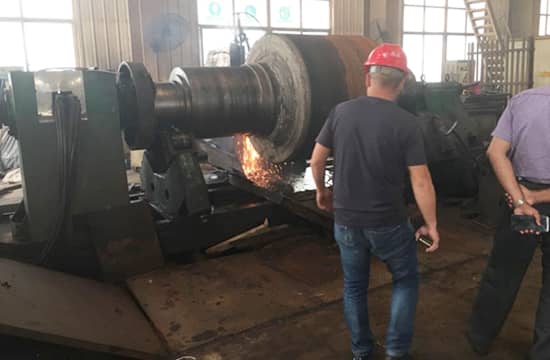


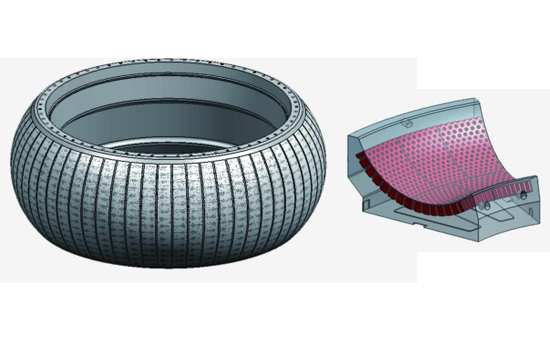

Related articles
In cement production, the selection of cooling grate plates directly affects cooling efficiency, equipment lifespan, and prod...
In response to customers' desire to improve the production and lifespan of impact bars, our company provides two solutions th...
It is widely used in large crushers, mills, machine manufacturing, agricultural machinery, pipe fittings and other industries...
Stability is obviously much better. Most importantly, the operating rate of the roller press has been improved and maintenanc...
During the use of a ball mill, the selection of the grinding medium is crucial. The grinding medium is affected by several fa...
We supply spare parts for hammer crushers, jaw crushers, cone crushers, impact crushers, and vertical mills. As an industry-l...